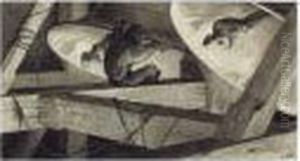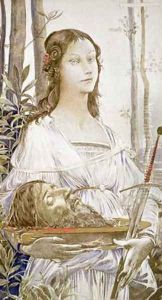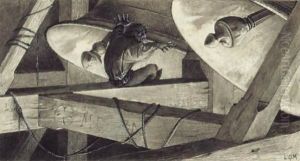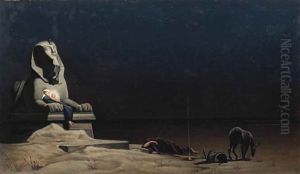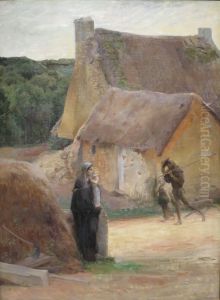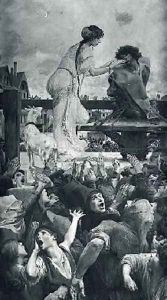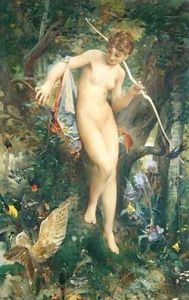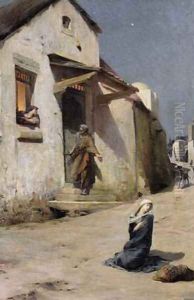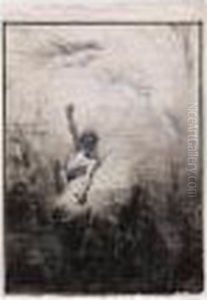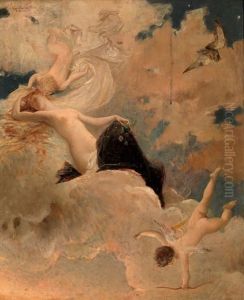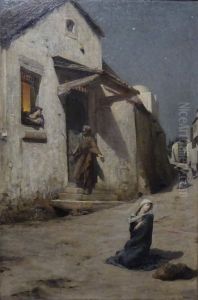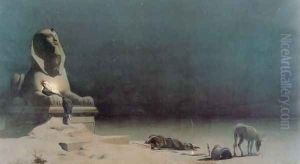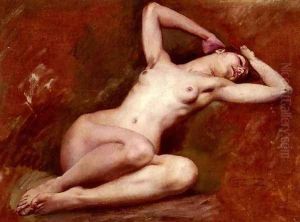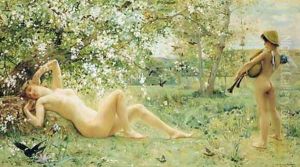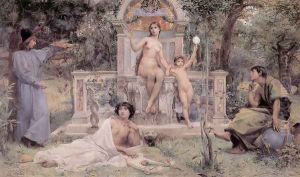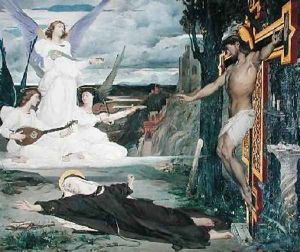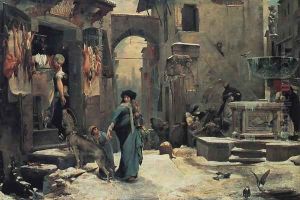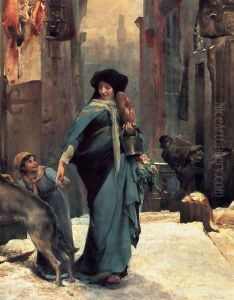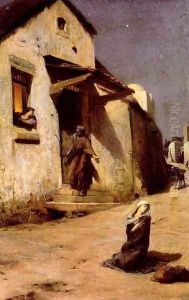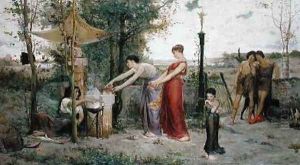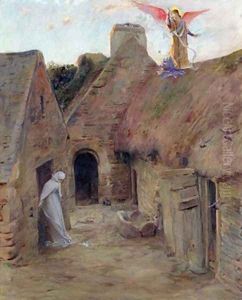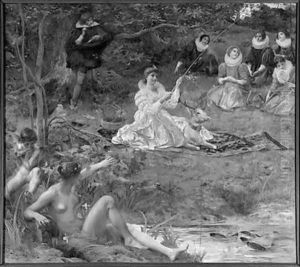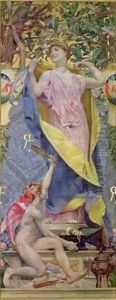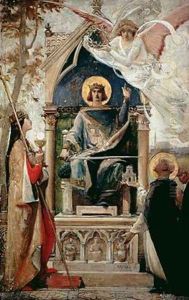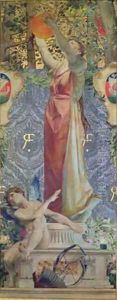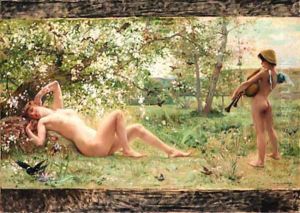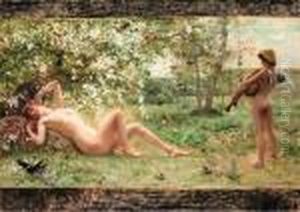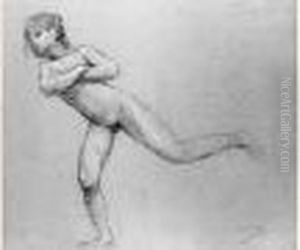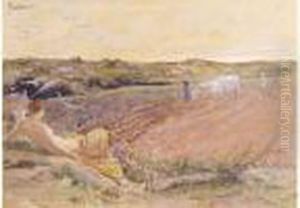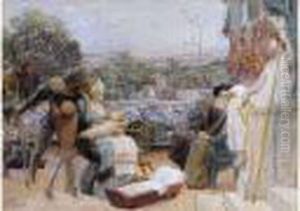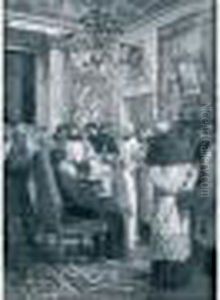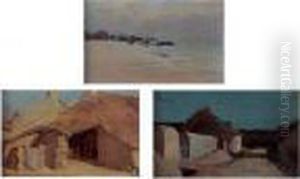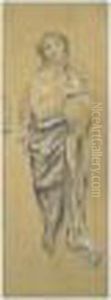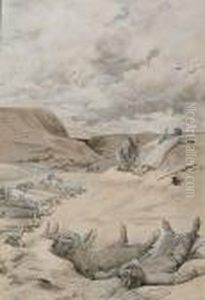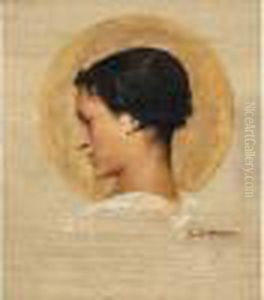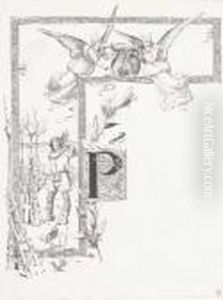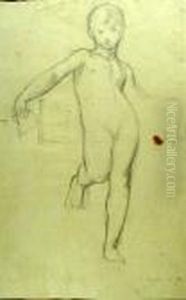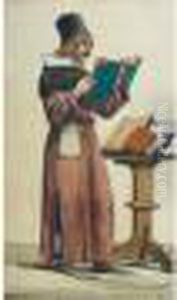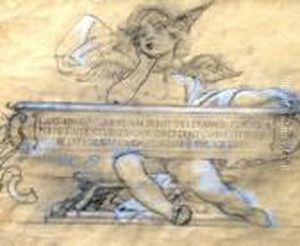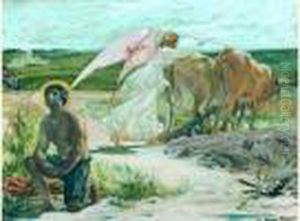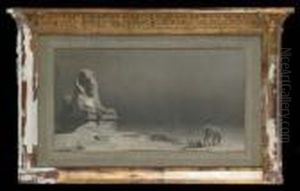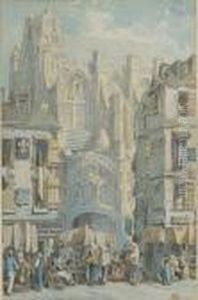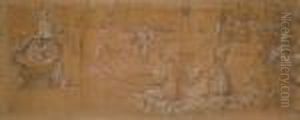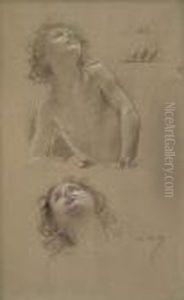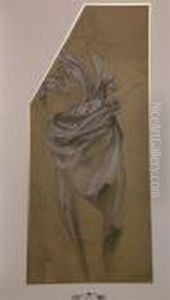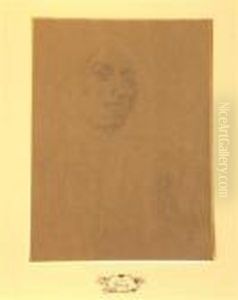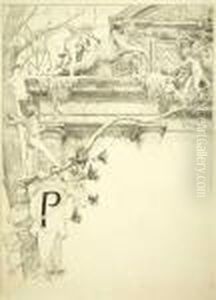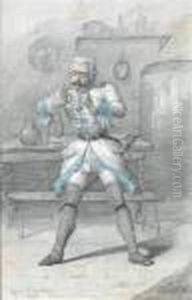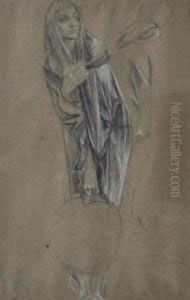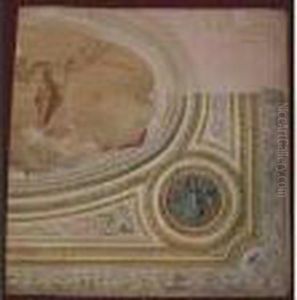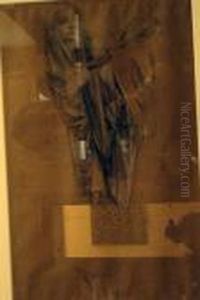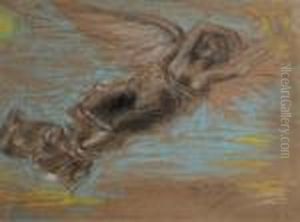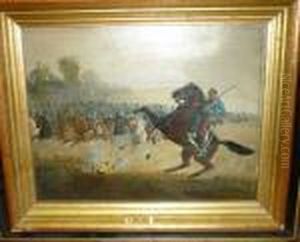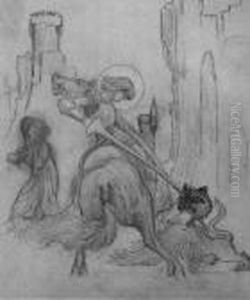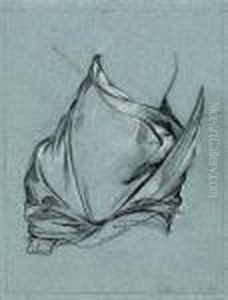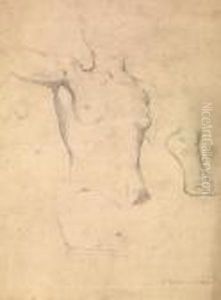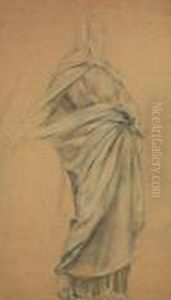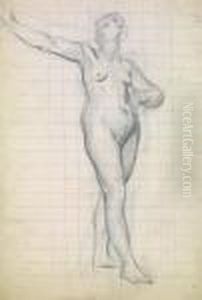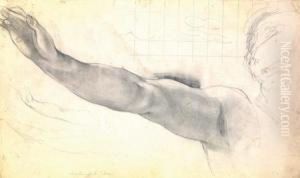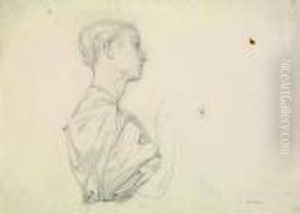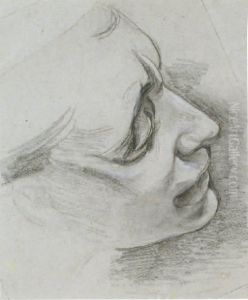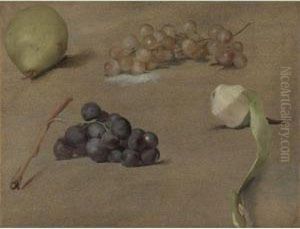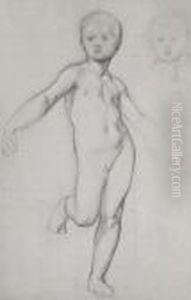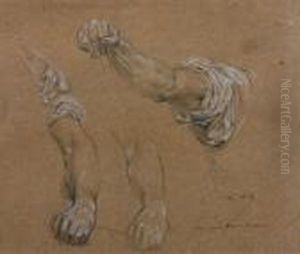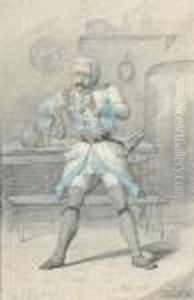Luc-Olivier Merson Paintings
Luc-Olivier Merson was a French academic painter and illustrator born in Paris on May 21, 1846. Educated at the École des Beaux-Arts under the tutelage of Isidore Pils and Charles Gleyre, Merson developed a style that blended Neoclassical and Symbolist elements, often infused with a sense of mysticism and historical romanticism. Merson was known for his meticulous craftsmanship and a penchant for religious and mythological subjects, which he rendered with a degree of solemnity and introspection.
Merson's career gained significant recognition after he won the prestigious Prix de Rome in 1869, which allowed him to study at the Villa Medici in Rome from 1870 to 1874. The stay in Italy had a profound influence on his work, exposing him to the masterpieces of Renaissance and Classical art. Upon his return to France, he began to receive numerous commissions for public buildings, decorative panels, and murals, which included the decoration of the Paris City Hall, the Sorbonne, and the Church of Sainte-Clotilde.
In addition to large-scale decorations, Merson was also involved in the design of stamps and banknotes for the French government, and he created illustrations for books, such as an 1887 edition of Victor Hugo's 'Les Misérables'. One of his well-known works is 'Rest on the Flight into Egypt' (1879), which showcases his capacity to blend the traditional with the innovative. The painting depicts the Holy Family during their flight to Egypt, with the Virgin Mary asleep on a Sphinx, a juxtaposition that reflects both his academic background and his openness to avant-garde ideas.
Despite Merson's success during his lifetime, his reputation waned in the 20th century as the art world shifted its focus to more modern movements. Nevertheless, in recent years there has been a renewed interest in academic painters like Merson, whose work provides a window into the artistic and cultural sensibilities of late 19th-century France.
Luc-Olivier Merson passed away on November 13, 1920, leaving behind a legacy as a painter and illustrator who straddled the worlds of tradition and innovation, and whose work reflected the broader currents of French art in the era of transition from Romanticism to Modernism.
